-
American Goldfinch (1)
-
American Robin (1)
-
Baltimore Oriole (1)
-
Blue Jay (1)
-
Bluebirds (1)
-
Carolina Wren (1)
-
Chickadee (1)
-
Ducks (1)
-
Starling and House Sparrow (1)
-
House Finch (1)
-
House Wren (1)
-
Hummingbirds (5)
-
Northern Cardinal (1)
-
Northern Mockingbird (1)
-
Nuthatch (1)
-
Owls (3)
-
Tufted Titmouse (1)
-
Woodpeckers (6)
Is It an Owl? Or is it not an Owl?
Having moved to a fairly rural area on the outskirts of a Southern Indiana town means evenings in my backyard are full of interesting and strange noises.
One of the odd noises I started hearing in the evenings sounded like a wounded dog. Needless to say, it had me worried that first night. My worry turned to confusion when I searched for the animal only to find nothing.
The noises continued night after night, and I finally came to the conclusion that I was not hearing a wounded animal. After some research, I was able to discover that what I was hearing were actually Barred Owls calling to each other.
Working for JCs Wildlife, this experience and research has helped our customers. We make some very popular Barn Owl and Screech Owl Nesting Boxes, and I often screen calls from customers wanting to know which box they need. My first question is always, “What are you hearing?” I go on to explain how Screech Owls make a warbling, moaning sound when communicating with each other. Barn Owls have a raspy call, and Great Horned Owls make the classic “hoot”. This is important information as a Great Horned Owl, which can reach lengths up to 24.8 inches would never be able to fit in our Screech Owl Nesting Box (Screech Owls are about as tall as a can of soda, by the way). Below are links to owl sounds from the Cornell Lab of Ornithology website. Cornell is an excellent resource for all things wild and feathered! If you have not checked out their All About Birds pages, I highly recommend it.

Barn Owl : As mentioned earlier, Barn Owls have raspy calls and chirps. They are common throughout the Contiguous US and Central America. They prefer open spaces such as fields, vineyards, and orchards. At 12.6 to 15.8 inches, the Barn Owl is moderately sized, but do prefer a large living space.
Barred Owl: I truly hope no Barred Owls were insulted by my comparing their singing to a wounded dog. Their calls are interesting, if not the most euphonically pleasing. Barred Owls are most common in the Eastern half of the US and prefer to live close to water. They have been known to live in swampy areas. They are somewhat larger than the Barn Owl at 16.9-19.7 inches.
Eastern Screech-Owl : Eastern Screech-Owls make trill calls or chirruping sounds to communicate. If you hear these calls over and over in succession, you may actually be hearing a pair or family group communicating. As their name suggests, Eastern Screech-Owls are generally found in the Eastern half of the US, though they have been seen as far West as Montana and Oklahoma. They prefer wooded areas and are fairly small at 6.3 to 9.8 inches.
Western Screech-Owl : Communicating pairs of Western Screech-Owls have a descending bounce-like trill. They also use yelping calls when agitated. Western Screech-Owls encroach very little on their Eastern family, staying mostly in the Western-most states. Their territory spans the west coast from southern Alaska to Mexico. They are also one of the more adaptable species as they are at home in cool or arid climates and eat anything from crayfish to bats. They are often slightly larger than their Eastern family at 7.5-9.8 inches.
Great Horned Owl : The Great Horned Owl has a variety of sounds from a squawking female call, to high-pitched shrieks from young, to the quintessential hooting most associated with owls. At 18.1-24.8 inches, this large bully is found all over the US, Canada, and Mexico. Great Horned Owls eat anything from the smallest rodents to house cats and even other owls. They also nest in a variety of habitats, but prefer to roost in relatively small spaces compared to their size.
Long-eared Owl: Long-eared Owls have ear tufts similar to that of the Great Horned. They also make the classic hooting sound as well as bleating and whooping calls. These owls are also one of the few common North American breeds that migrate to breed. They can be found all over the US and much of Mexico and Canada, depending upon the season. However, you are not likely to hear much from them outside of breeding season. Long-eared Owls prefer dense vegetation, but they scavenge open nests.
Northern Saw-Whet Owl : The Northern Saw-Whet Owl song is an interesting one. It sounds much more like an alarm than it does a song as there is no inflection or change in the pitch. The result is a series of beeping notes. They also have yelping and ascending, trilling calls. Northern Saw-Whet Owls are even smaller than Screech Owls at 7.1-8.3 inches. Like Eastern Screech Owls, these tiny owls prefer to live in wooded areas and will even nest in the same types of cavities or Nest Boxes. The further north you live in the US, the more likely you are to come across a Northern Saw-Whet Owl; however, they have been spotted all over North America.
Short-Eared Owl : In most parts of North America you are more likely to see the Short-Eared Owl than you are to hear it. The exception would be the northern-most states and Canada where courting and breeding take place. Their calls are short, raspy, and forceful, much like you would hear from a disgruntled cat. Short-Eared Owls are slightly larger than Barn Owls at 13.4-16.9 inches, and prefer to nest on the ground in wide-open spaces. Their population has been a concern for birders for several years.
What owls live in your area? Let us know in the comments section below!
A special Thank You to The Cornell Lab of Ornithology’s All About Birds site for images, information, and sound links.
No comments

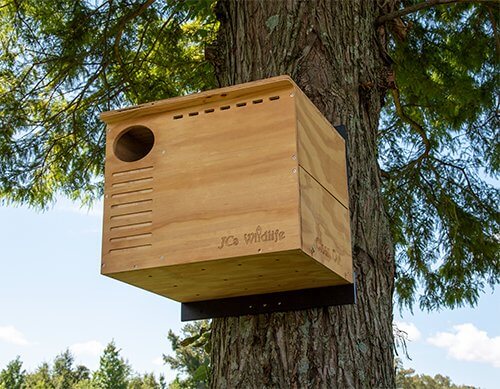
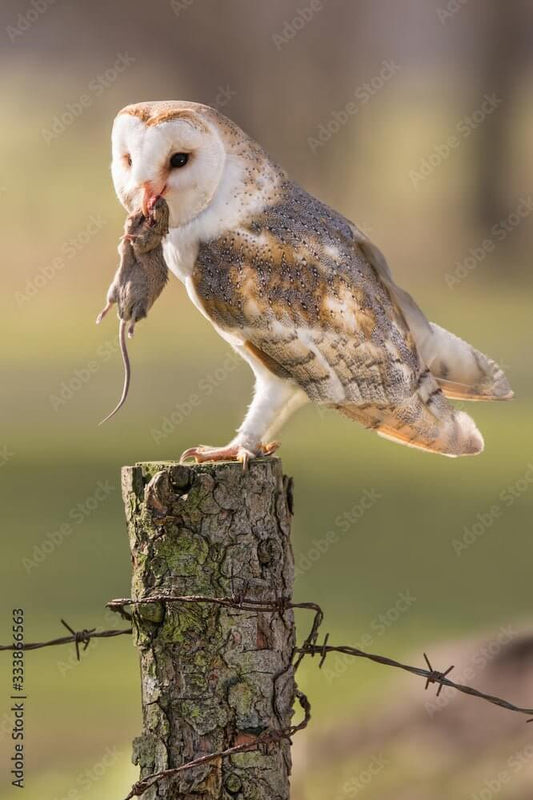
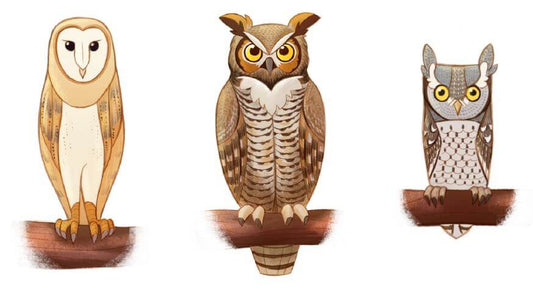
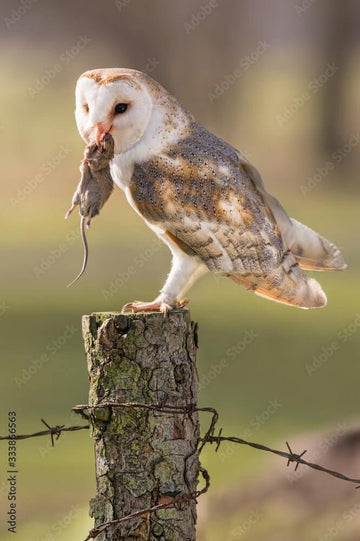

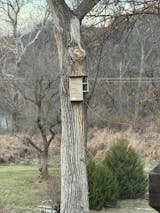
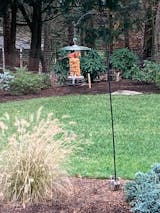
0 comments